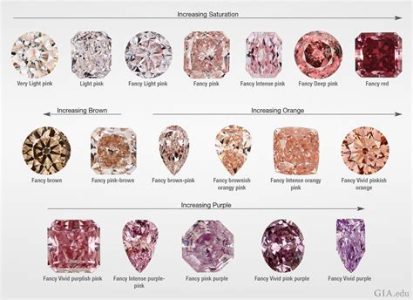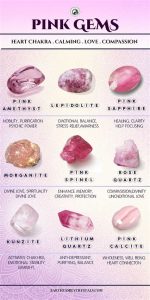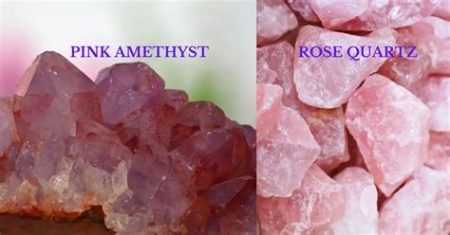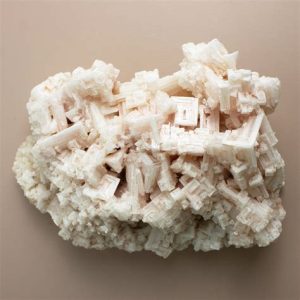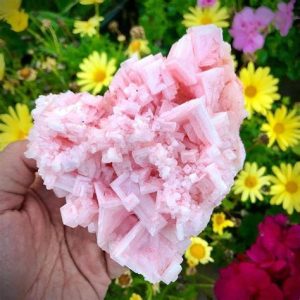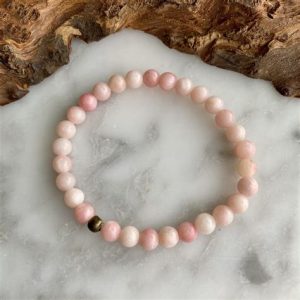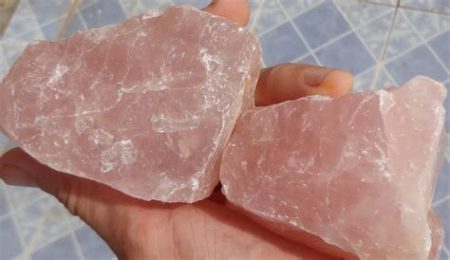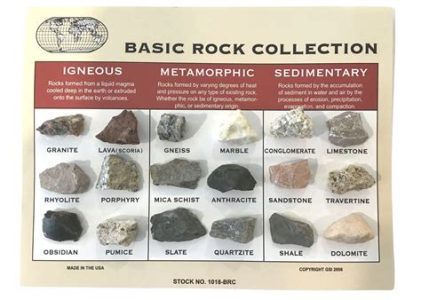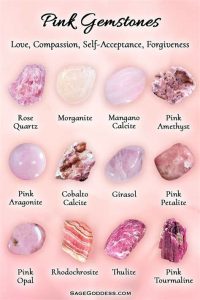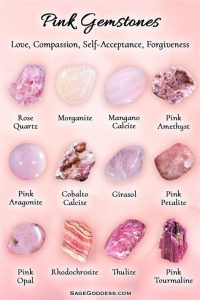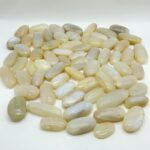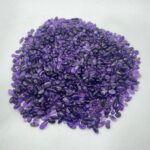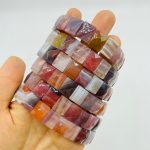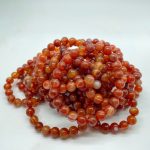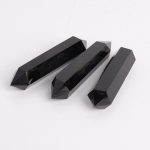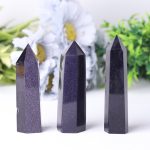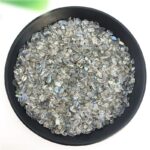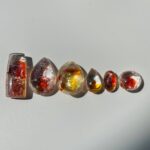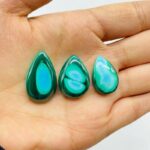Calcite and quartz, two of the most abundant minerals on Earth, share intriguing similarities yet distinct properties that set them apart. From their geological origins to their industrial applications, this article delves into the captivating contrast between calcite and quartz, highlighting their unique characteristics and contrasting their multifaceted uses.

Geological Origins: A Tale of Rock and Heat
- Calcite: A sedimentary superstar, calcite forms when calcium ions combine with carbonate ions in aqueous environments, often originating from the shells of marine organisms.
- Quartz: A metamorphic marvel, quartz arises from the recrystallization of silica-rich rocks under intense heat and pressure, often found in igneous and metamorphic formations.
Physical Properties: A Contrast in Hardness and Luster
- Hardness: Calcite ranks a modest 3 on the Mohs scale, while quartz boasts an impressive 7, signifying its superior resistance to scratching.
- Luster: Calcite exhibits a vitreous luster, resembling glass, whereas quartz displays a more subdued vitreous to greasy luster.
- Cleavage: Calcite cleaves into three perfect rhombohedral planes, while quartz exhibits a conchoidal fracture, breaking into irregular, shell-like fragments.
Chemical Composition: The Elemental Divide
- Calcite: A calcium carbonate gem, calcite’s formula is CaCO3.
- Quartz: A silicon dioxide stalwart, quartz’s composition is SiO2.
Optical Properties: A Play of Light
- Refractive index: Calcite’s refractive index is 1.486-1.658, while quartz’s ranges from 1.544-1.553, indicating calcite’s ability to bend light more.
- Birefringence: Calcite is strongly birefringent, meaning it splits light into two rays with different velocities and polarizations, while quartz is weakly birefringent.
Industrial Applications: A Wide Spectrum of Uses
- Calcite:
- Construction materials (limestone, marble)
- Fertilizers
- Paper production
- Pharmaceuticals
- Quartz:
- Electronics (semiconductors, oscillators)
- Glassware
- Abrasives
- Jewelry
Tips and Tricks: Unleashing the Power of Calcite and Quartz
- Calcite:
- Identifying calcite: Look for its characteristic rhombohedral cleavage and effervescence in hydrochloric acid.
- Cleaning calcite: Use a soft brush and mild soap to avoid scratching its surface.
- Quartz:
- Identifying quartz: Note its hardness, conchoidal fracture, and lack of cleavage planes.
- Cleaning quartz: Soak in warm water with a mild detergent for best results.
FAQs: Unraveling Common Queries
- Which mineral is harder, calcite or quartz?
– Quartz is harder, with a Mohs hardness of 7 compared to calcite’s 3. - Can calcite and quartz scratch each other?
– Yes, calcite can scratch quartz, as its hardness is higher. - Which mineral is more common, calcite or quartz?
– Calcite is more abundant than quartz, as it forms in a wider range of geological environments. - Can calcite be used as a gemstone?
– Yes, calcite’s transparent varieties, such as Iceland spar, are used in optical instruments. - Which mineral is more valuable, calcite or quartz?
– The value of calcite and quartz varies depending on their quality and application. Generally, quartz is more valuable due to its high hardness and durability. - Is calcite a type of quartz?
– No, calcite and quartz are different minerals with distinct compositions and properties.
Highlights: Distinctive Features That Stand Out
- Calcite is a sedimentary mineral, while quartz is a metamorphic mineral.
- Calcite is softer and more brittle than quartz.
- Calcite has a vitreous luster, while quartz has a more subdued vitreous to greasy luster.
- Calcite is strongly birefringent, while quartz is weakly birefringent.
- Calcite is used in construction materials, fertilizers, and pharmaceuticals, while quartz is used in electronics, glassware, and jewelry.
Conclusion
Calcite and quartz, two titans of the mineral kingdom, present a fascinating contrast in their origins, properties, and applications. Calcite’s sedimentary heritage and vitreous luster set it apart from quartz’s metamorphic origins and subdued luster. Their contrasting hardness and optical properties further highlight their distinct identities. From construction materials to semiconductors, calcite and quartz’s versatility extends across a vast industrial landscape. Understanding their similarities and differences empowers us to harness their unique properties for a myriad of technological advancements and practical applications.

